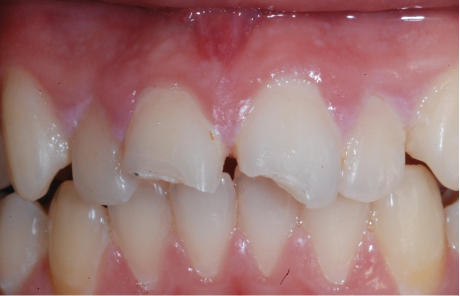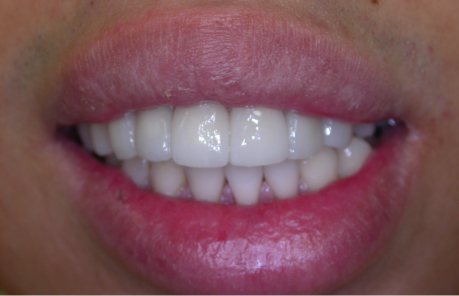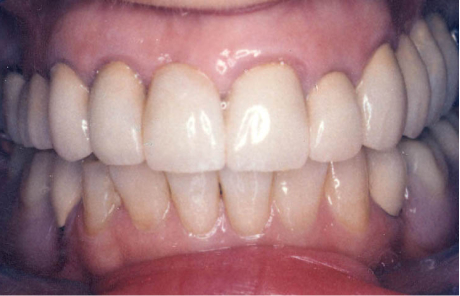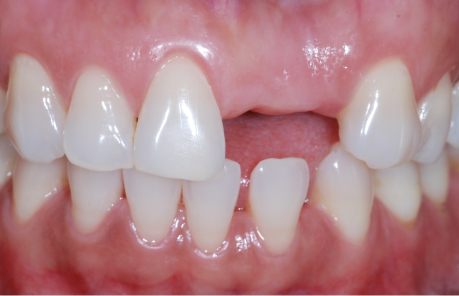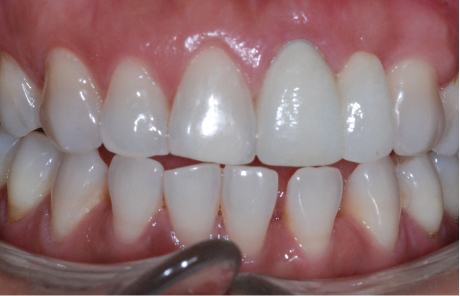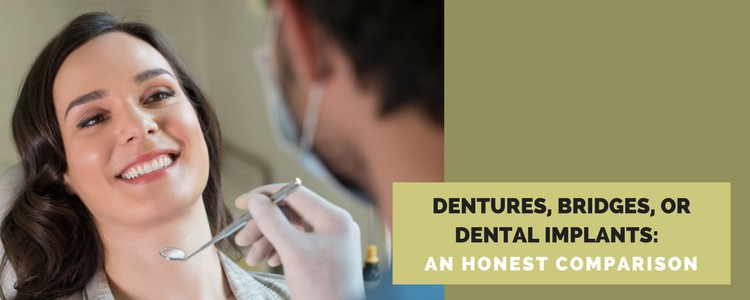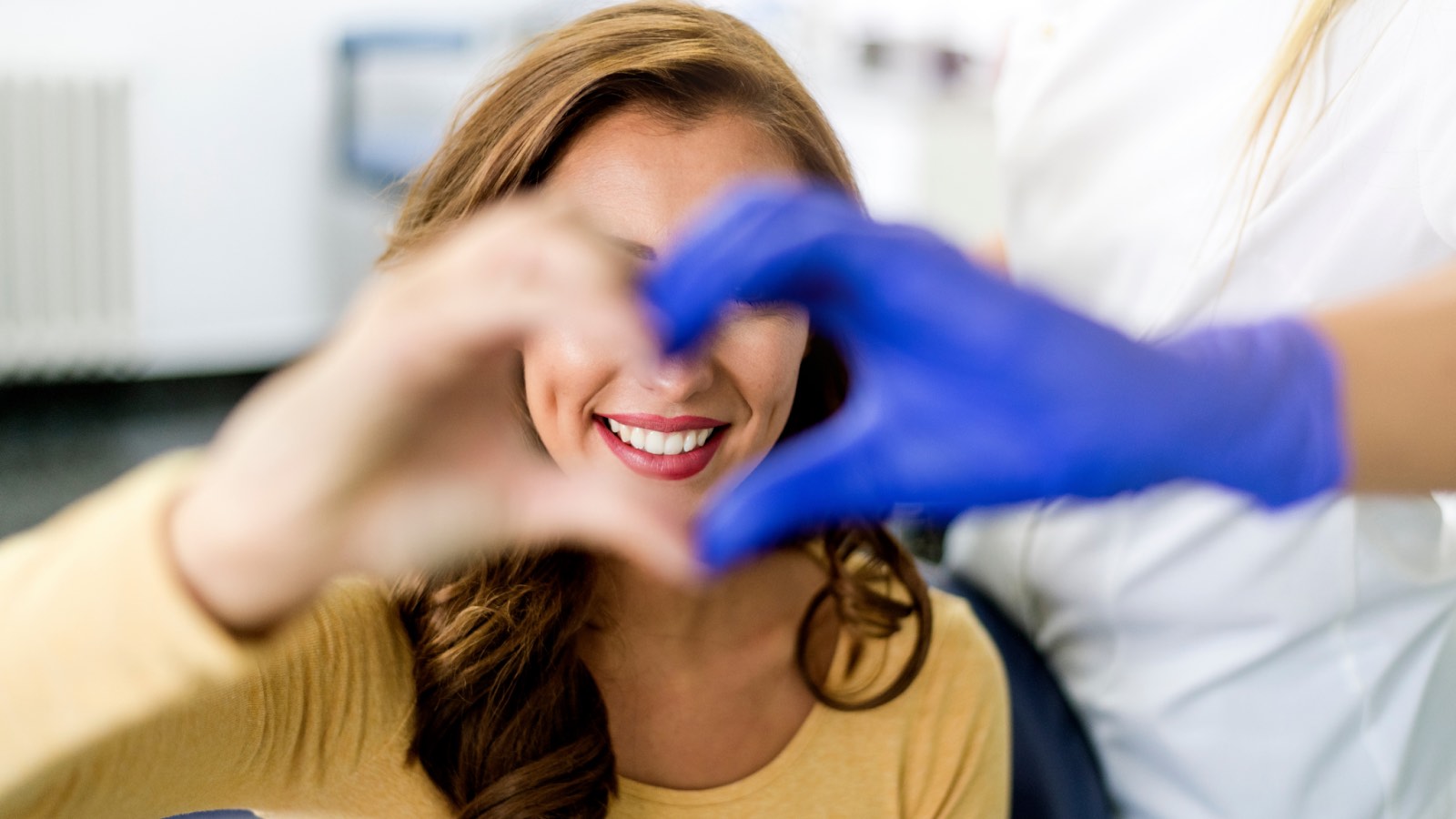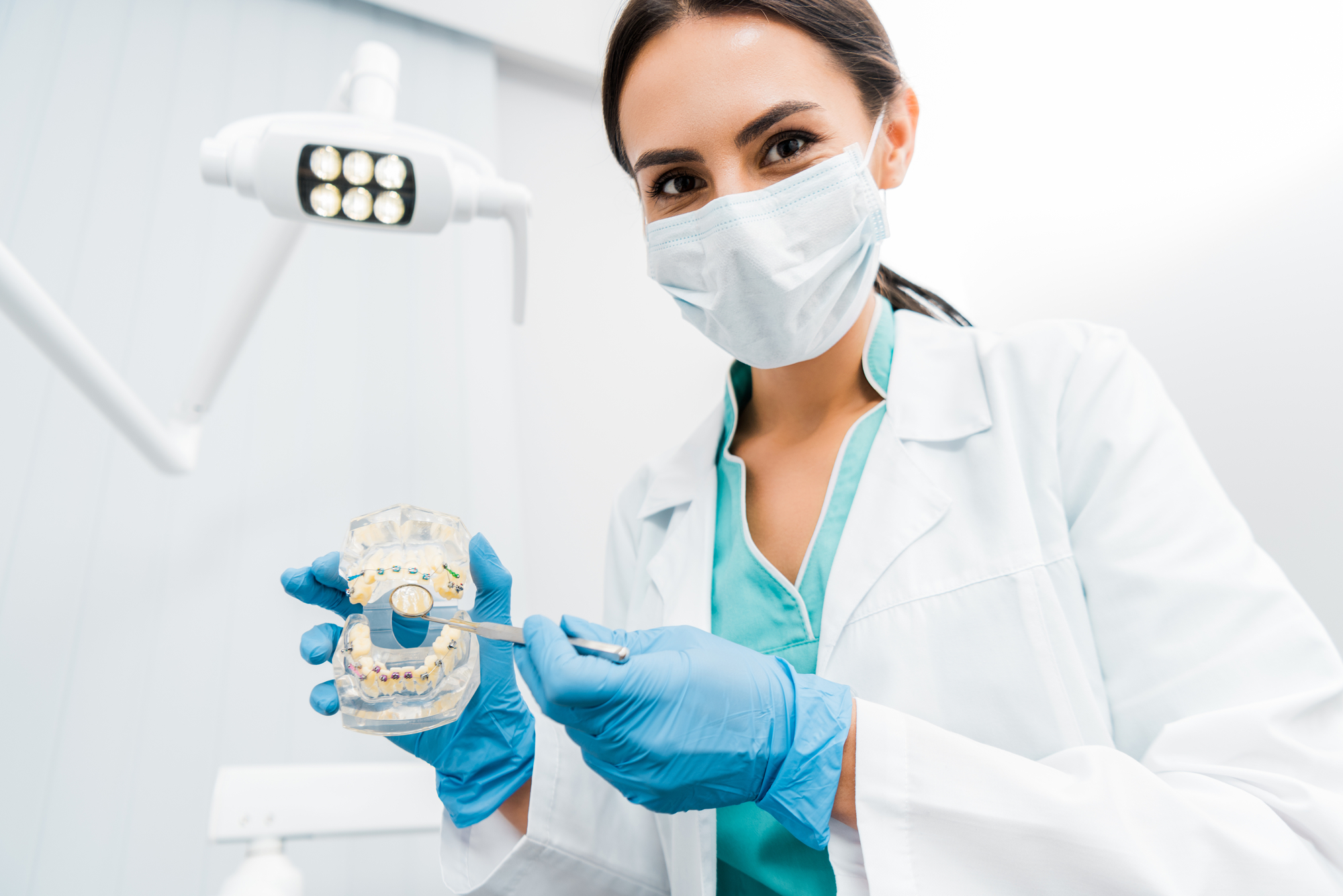Your gums are a vital component when it comes to your dental health. You may not think too much about it, but they really hold your teeth in place! When infections arise in your gums, they will become red, painful and inflamed. Sometimes it can be hard to tell the differences between gum irritation, infection, and disease. This article help to clarify the signs and symptoms of three main gum infections: Gingivitis, early gum disease and advanced gum disease (periodontitis). It will also provide suggested treatment options for each.
Symptoms of Gingivitis
Gingivitis is a type of early gum inflammation. It is not normally painful and therefore, many people do not even know they have it. There can often only be an itching sensation associated with gingivitis. Your gums will also appear slightly reddish and they tend to bleed when you floss.
- Gum recession (Read about how to prevent gum recession)
- Bad breath
- Bleeding gums (when you brush or floss)
- Itchy gums
- Reddish or purple tint to the gums
- Receding gums
- Soft or “squishy” gums
- Visibly puffy gums
Treatment Options for Gingivitis
Before you consult your dentist, try to improve your oral health habits at home. Gingivitis is most often the result of a thick bacterial buildup, due to neglected oral health. A layer of bacteria collects on the surface of your gums and teeth and irritates the gums.
Gingivitis is the easiest gum ailment to correct, you simply need to brush and floss your teeth more frequently and thoroughly. On average, you should be brushing your teeth for a minimum of 2.5 minutes, twice per day, and flossing once a day. This will help to remove and displace the bacteria that has gathered.
If your symptoms do not improve within a few weeks, you can book an appointment with your dentist for a general cleaning and consultation. Discuss your concerns with your dentist, they may prescribe an antibacterial mouthwash or oral gel to apply or gargle with. If treated and caught early, gingivitis will go away on its own.
However, there are certain underlying illnesses and factors that can make it more likely for patients to experience gingivitis. Let your dentist know if you have:
- Known vitamin deficiencies
- Diabetes
- High blood pressure
- Taking medication
- Pregnancy
- HIV/AIDS
- Autoimmune disorders
- Cancer/ chemotherapy
- Recent dental surgery
- Smoking/ chewing tobacco
Gingivitis is not difficult to prevent, even if there are underlying illnesses at play. Maintain a vigilant oral health routine and the signs and symptoms should subside.
If you do not notice relief and you have improved your oral health habits and visited your dentist, Gingivitis may have progressed to early gum disease.
Early Symptoms of Gum Disease
If you didn’t notice the symptoms of Gingivitis the symptoms of gum disease are certainly more prominent. Gingivitis will progress into gum disease if it is not properly dealt with. Gum disease can be treated quickly if it is in its early stages. There are a few telltale signs that you have gum disease, they include:
- Swollen, red, puffy gums
- Sores along your gums
- Pus or blood from your gums
- Bad breath
- Visible gum recession
- Painful and itchy gums
- Loose teeth
- A change in tooth alignment (Teeth have shifted)
Treatment Options for Early Gum Disease
Your dentist will recommend what is called a “deep cleaning,” scaling or root planing procedure to treat early stages of gum disease. This is a procedure that is meant to remove the tough, calcified plaques from under your gums and teeth. Generally, when a patient has gum disease, the plaques that caused bad breath and irritation have further progressed and gotten worse. They can appear deeply under the gums, collecting around the roots of the teeth. When this occurs, the pockets of plaque cannot be removed by simple brushing and flossing, or even by a regular dental cleaning appointment.
A deep cleaning is one step further from a regular cleaning because the dentist actually needs to physically scrape the tartar from the roots of your teeth, in the areas under your gums. The dentist uses a set of several special tools to make this possible.
In general, in a deep cleaning procedure, there is no anesthetic required. However, if you are in a lot of pain and your gums are very inflamed or sensitive, your dentist can use an injection of local anesthetic to numb the area while they work.
You will feel much better after the deep cleaning and if you maintain proper oral health care, the area should heal and the symptoms of gum disease will subside. If your symptoms persist or worsen, it is possible that the plaques on your teeth and roots are deeper and attached to the jaw bone. When this occurs we call it late stage periodontitis. Usually, you will need surgery to remove deep pockets of plaque.
Symptoms of Periodontitis
Periodontitis is the commonly used term for gum disease in general, specifically very progressed cases of gum disease. In the advanced stages of gum disease, you may notice that your gums and teeth feel loose. You can experience tooth loss. Your gums will be severely receded and there will be plaques visible around the gums and the base of your teeth. Your gums will be painful, irritated, itchy and will bleed at the slightest touch or impact (chewing food etc.)
- Loose, soft and “squishy” gums
- Visible plaques and buildup
- A deeply receded gumline
- Red or purple gums
- Severely swollen gums
- Persistent pain in and around the teeth, gums, and jaw
- Pus coming from the gums
- Gums bleed excessively
- Metallic taste in your mouth
Treatment Options for Periodontitis
When it comes to treatment for periodontitis, your dentist will assess the state of your gums and teeth and recommend your treatment options. You may only need a deep cleaning – where plaques are physically scraped away from the roots of your teeth.
However, if you’ve tried this or your symptoms are too severe your dentist will recommend gum surgery. Gum surgery takes a deep cleaning a step further and your dentist will essentially “pull” your gums back to remove plaques and pockets that have formed deep into your roots and jaw bone. There are additional surgeries that may be required, these include gum and bone grafts.
Gum Surgery
When the pockets of plaque and tartar are too deep to remove through a deep cleaning, your dentist will need to peel your gums back, section by section to scrape the roots and bone around your teeth. The gums will be stitched back together after surgery. Gum surgery is often the last effort to remove plaques that have gathered around the teeth and deep into the roots and bone. Gum surgery is still a very common procedure and for those with severely progressed gum disease, it can help to prevent tooth loss.
Gum Grafts/Bone Grafts
If your gums have receded due to gum disease, your dentist can perform a gum graft to replace the lost tissue. This may or may not be performed alongside a gum surgery procedure. In a gum graft, the tissue is usually taken from the top of your mouth (the palate) and sutured to the areas where gum needs to be replaced. The tissues will naturally fuse together as they are healing.
If your periodontitis was in its later stages, your dentist may also perform a bone graft to replace parts of your jaw that were weakened and worn away by the plaques.
Periodontitis is the most progressed stage of gum disease. It is still treatable, although the treatment process is extensive and requires surgery in most cases. However, the alternative is large scale tooth loss, infection, and bone loss in the jaw. Such infections and irritation can also in some cases lead to more serious diseases. Bacteria can enter the bloodstream and infection over many years in a certain area can lead to the formation of cancerous cells. Surgery is certainly better than the alternatives when it comes to advanced periodontitis.
As a patient, you must be willing to cooperate with your dentist and adopt a thorough oral health care regimen after treatment.
Visit Your Dentist
The best way to avoid gum infections and gum disease is prevention. Actively follow a thorough oral health regime by brushing twice a day and flossing once a day. Visit your dentist twice per year and follow up with your appointments if there’s anything that you’re concerned about. It is best to catch gum infections early to both prevent and resolve illness. At VCCID our dentists are equipped with the education and experience they need to answer any questions you may have about your oral health. Contact us, or visit our site to learn more about your oral health.



